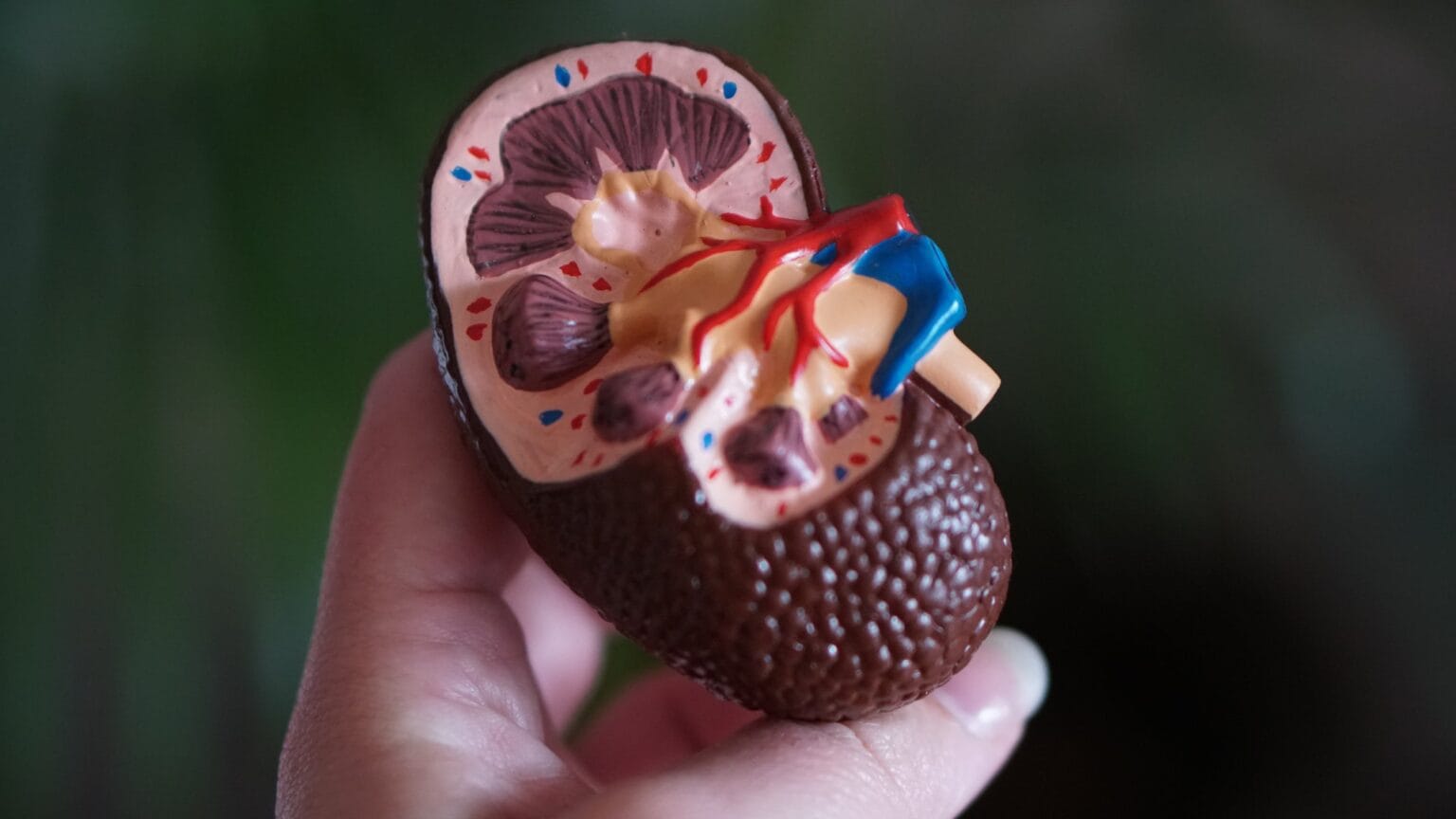
Trump’s Kidney Care Executive Order
Kidney disease is a big deal in the United States. The CDC estimates that 37 million people, or 15% of the adult population, have chronic kidney disease. On top of that, 90% don’t even know they have it. This led President Trump to sign an executive order, launching an initiative known as “Advancing American Kidney Health.” The goal of the initiative is a decrease of 25% in citizens with end-stage renal disease by 2030.
Kidney disease is the ninth leading cause of death in the United States and costs a considerable amount of money to fight. Over 20% of fee-for-service Medicare dollars are spent on the disease. A large focus of the executive order is aimed at reducing the costs associated with the disease, led by a push to increase both the number of people using in-home dialysis and the number of people receiving kidney transplants. The new initiative will change the way dialysis centers are paid to incentivize these actions.
For the major dialysis companies dominating the market, this will be a departure from their focus on the thousands of clinics they operate throughout the company. The two largest companies, Fresenius and DaVita, have been trying to diversify, though. Fresenius completed a $2 billion acquisition of an in-home dialysis company, NxStage Medical, at the beginning of the year.
While these companies have the resources to pivot, the transition may be difficult for some of the smaller providers in the market, and open up opportunities for nimble startups to take their place. Further leaning into innovation, there are plans to support implantable and wearable kidneys, with money devoted to competitions like KidneyX, which are aimed at creating the best new devices.
To increase the number of kidneys available for donation, financial support for donors will be increased, hopefully removing many of the roadblocks that potential donors run into when considering donation.
Given that so few people are aware of their kidney disease status, the executive order also includes an awareness campaign, with an increased focus on less costly preventative care.
The initiative has a lofty goal. As of now, 12% of patients are receiving in-home dialysis treatment. The Department of Health and Human Services is shooting for 80% of patients to either receive a viable organ transplant or have in-home treatment.
At Extract, we try to help dialysis companies by offering them advanced OCR and automation solutions. Rather than manually entering lab results as they arrive, we offer software that automatically retrieves discrete data from unstructured documents. If you’d like to learn more, please reach out today.


